Introduction
Mehandi represents joy, culture, and beauty rather than only a kind of body art. From conventional weddings to contemporary events, mehandi designs have stayed in use in ceremonies and celebrations all over. Every henna stroke has special beauty whether it’s the complex mehandi ki design or the always favored arabic mehandi pattern.
Let’s investigate in great detail all about mehandi design, the history of mehndi, current application, and more—step-by-step!
1. Where Did Mehndi Originate From?
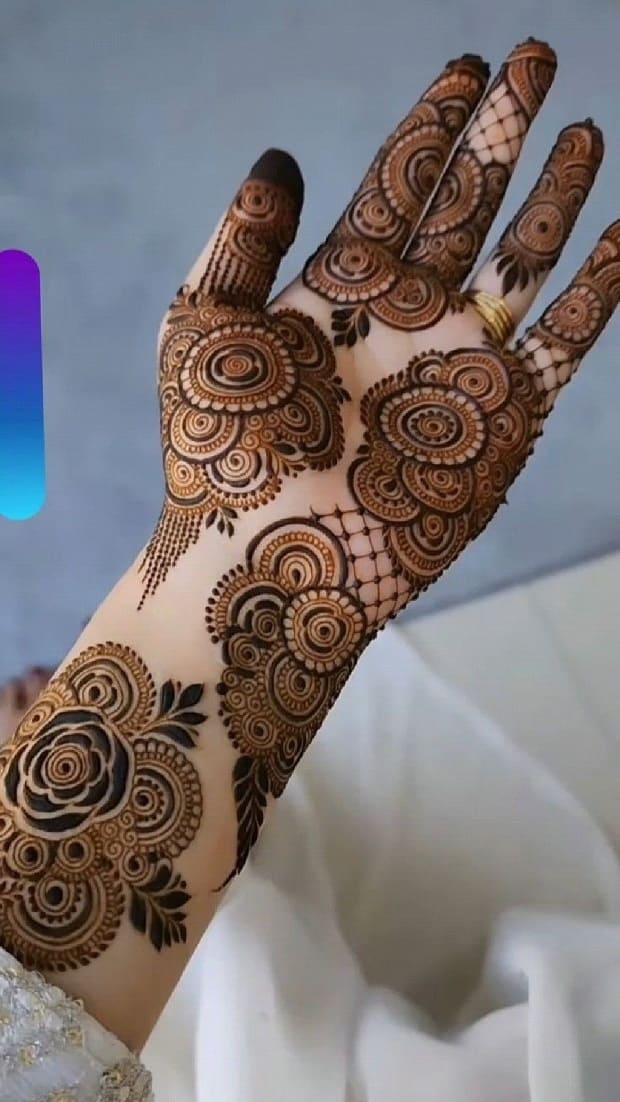
Mehndi, sometimes known as mehandi, has a long history going back over 5,000 years. It started in India and Egypt concurrently, supposedly. While in India mehandi designs were part of Vedic ceremonies, ancient Egyptian mummies discovered had henna-dyed hair and nails.
Over time, mehandi ki design evolved with regional
civilizations resulting in many styles including Arabic, Mughal, Rajasthani, and modern patterns.
2.On Whom Can Mehndi Designs Be Applied?
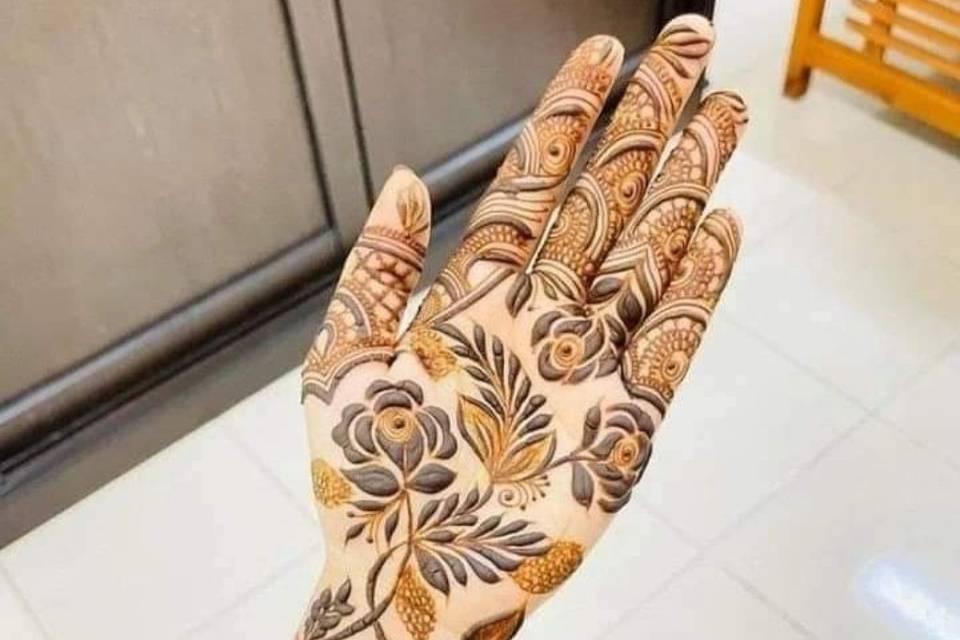
Mehandi designs can be applied to:
| Category | Details |
| Brides and Grooms | Bridal mehandi ceremonies are essential in Indian, Pakistani, and Arabic weddings. |
| Children | Simple mehandi designs are often drawn during festivals like Diwali, Eid, and Raksha Bandhan. |
| Family and Friends | Wedding guests and festival attendees adorn mehndi to celebrate. |
| Cultural Performers | Dancers, models, and artists use mehandi photo shoots to highlight traditional attire. |
| Anyone for Fun | Casual designs for parties, fairs, and fashion shows. |
Cultural AmbassadorsMehandi picture sessions help artists, models, and dancers accentuate traditional clothing.
Anyone for fun casual designs for events including fashion exhibits, fairs, and parties?
From young children to elderly, mehandi ki design is cherished by all ages.
3.In How Many Forms Can Arabic Mehndi Be Used?
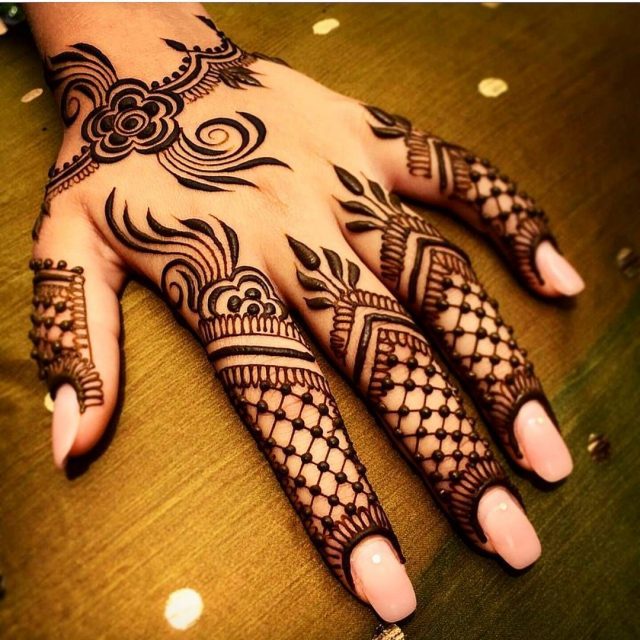
Famous internationally for its flowing and strong patterns, the arabic mehandi design One can apply it in many imaginative ways:
| Form | Description |
| Hand Designs | Full palm or partial hand with floral and leafy trails. |
| Foot Designs | Beautiful patterns on the top of the feet and ankles. |
| Arm and Leg Art | Extended trails from hands to arms or feet to calves. |
| Finger Mehndi | Focused designs only on fingers, a trending minimalistic look. |
Arabic mehandi designs are faster to apply than conventional styles, with empty areas and big motifs.
4.Simple Mehandi Designs: Beauty in Minimalism

Not every event calls for strong mehndi. Simple mehandi designs are ideal for rapid applications and laid-back parties.
Common simple mehandi designs consist in:
Single mandala on the palm of hands
Little floral themes
Dot-patterned vines on fingers
small heart or star-shaped patterns
Minimalist patterns in bracelet style
Modern, hectic lives love simple mehandi designs since they provide elegance without complexity.
5. Mehndi in Desi Style:Many Grams of Customization

Mehndi in desi culture is a blessing, not only ornamentation. Depending on custom, Mehndi can be taken “grams” of application or in many other forms:
| Style | Application |
| Heavy Bridal Mehndi | Full hands, arms, feet, and legs; sometimes up to 500 grams of paste! |
| Festival Mehndi | Moderate designs on hands and feet; around 100-200 grams used. |
| Casual Mehndi | Minimal application using 50-100 grams for simpler occasions. |
Some bridal mehandi designs also include personal touches like the groom’s name buried in patterns in desi weddings.
6. Where Is Mehndi Used Today?

Mehndi is flexible and finds application in many spheres of life as well as in celebrations:
| Usage | Details |
| Weddings | A major ritual for brides, symbolizing love and prosperity. |
| Festivals | Diwali, Eid, Karva Chauth, Teej, and more feature mehandi application. |
| Fashion Industry | Runways and shoots now showcase henna-inspired looks. |
| Health and Wellness | Used for cooling effects and herbal healing. |
| Hair Care | Natural henna is used as an organic hair dye and conditioner. |
Mehandi is thus not limited to weddings; it’s a stylistic statement used worldwide.
Types of Mehandi Designs
Regarding mehandi ki design, there are several options to fit every event and personality:
Type: Features
| Type | Features |
| Indian Mehndi | Detailed florals, paisleys, peacocks, and intricate filling. |
| Arabic Mehndi | Bold patterns, large flowers, spaces between designs. |
| Pakistani Mehndi | A fusion of Indian and Arabic styles with domes and florals. |
| Moroccan Mehndi | Geometric and tribal patterns; minimal florals. |
| Western Mehndi | Temporary henna tattoos; modern motifs like stars and dreamcatchers. |
Because of their attractive and sophisticated look, Arabic mehandi designs are right now among the most often used ones.
8 .How to Capture the Best Mehandi Photo

Beautifully capturing your mehandi design is an artistic endeavour in its itself! A great mehandi picture accentuates the beauty whether your presentation is for basic mehandi patterns or elaborate bridal styles.
Tips for the perfect Mehandi photo:
Click when the color is darkest—after 24 to 48 hours.
Make advantage of natural light.
For a classic look, include floral accessories or jewelry.
For contrast, pick backdrops in green, white, or wooden textures.
Show close-ups for exact work and full views for general patterns.
Your unique events can be preserved always with a good mehandi picture.
9. is step-by-step How to Apply Simple Mehandi Designs
If you’re trying simple mehandi designs at home, here’s a basic step-by-step guide:
1. Prepare the Cone: Prepare the cone always from freshly made henna paste.
2. Clean the Skin: Before beginning, clear the skin of any lotions or oils.
3. Start with Borders:and first design simple flower or vine forms.
4. Fill Details: As fillers, add dots, leaves, or curls.
5. Let It Dry: Minimum 2 to 3 hours should be waited.
Dab a cotton ball covered in lemon-sugar solution.
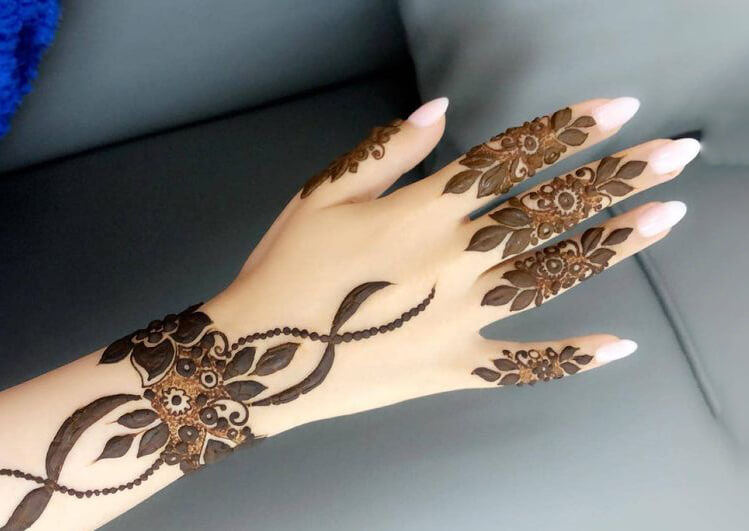
After drying, scrape off the mehndi and steer clear of water for more intense color.
Your mehandi ki design will seem as lovely as professional ones with experience!
10. About Mehandi Designs

1. Which kind of mehandi design holds the longest lifetime?
Because they cover more skin, traditional Indian designs with rich patterns usually hold better.
2. Should a wedding call for Arabic mehandi?
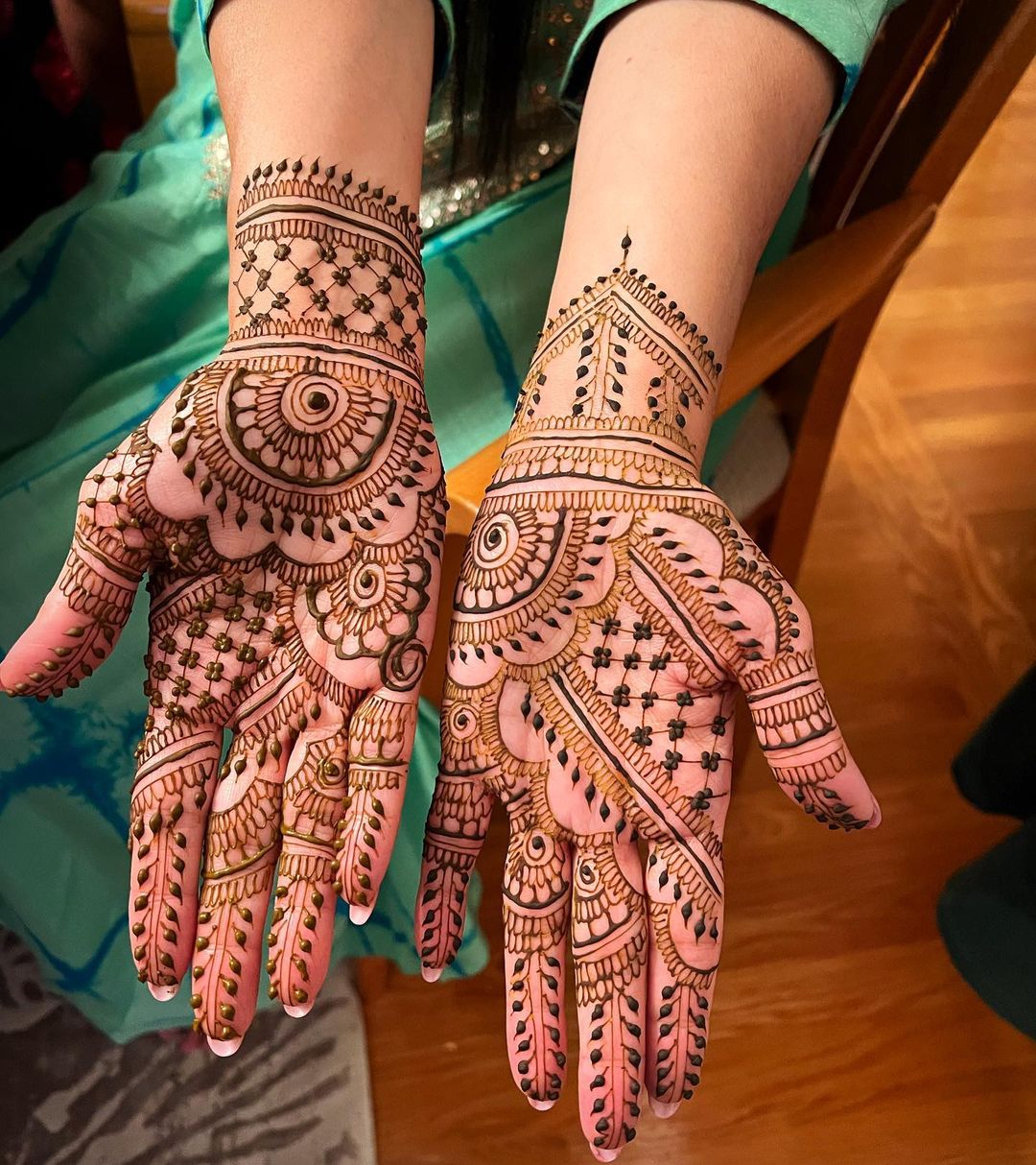
True! For a contemporary and understated style, many brides now prefer simple arabic mehandi design.
3.Can kids create basic mehandi designs?
Right! Young children often enjoy basic mehandi designs such hearts, smileys, and flowers.
Conclusion
Mehndi paste can be required up to 500 grams for big bridal designs.
Mehandi designs enthrall the world from the streets of ancient India to contemporary fashion ramps. The passion of this art form is ageless whether your taste is for basic mehandi designs for daily delight or complex arabic mehandi design for important events.
Recall that a good mehandi picture celebrates life, culture, and beauty and catches not just the design but also the feeling behind it.

